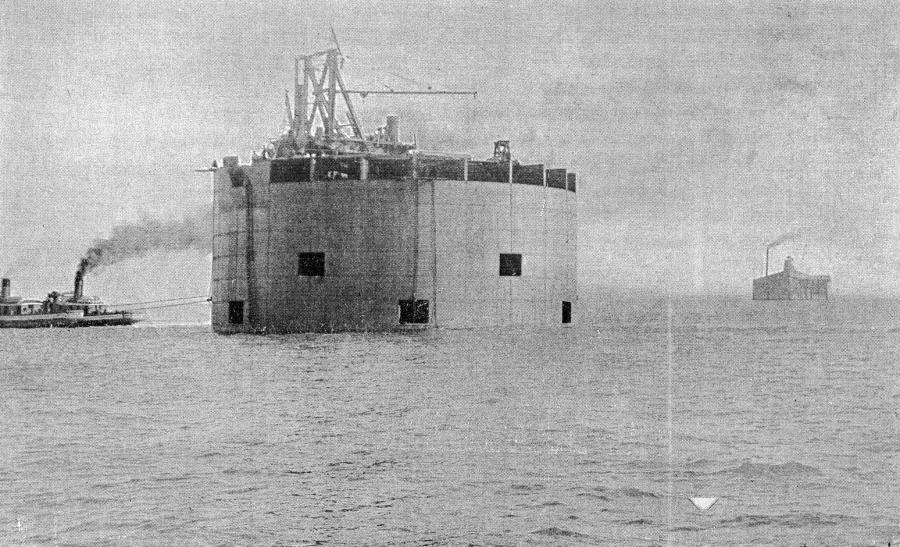A Brief History of the Cuyahoga River and Cleveland Drinking Water

Like the city itself, the development of Cleveland Water has been defined by Lake Erie and the Cuyahoga River. From the beginning, our goal has always been to deliver the best quality drinking water possible to our customers.
Our first water facility was constructed in 1856. It consisted of a pump station, reservoir, 11 miles of water mains, and a water intake located 300 feet out in Lake Erie and just west of the mouth of the Cuyahoga River. Like other U.S. public water systems of the time, water was delivered to customers untreated.
Referring to the location of the water intake 300 feet offshore, engineer Theodore Scowden said, “…the citizens have no occasion to fear that the lake water may ever be contaminated…to a degree impairing its pure and healthful quality, at the point where the water flows into the [intake]…”
However, as the city’s population and industry grew, so too did the contamination of its waterways. Without a proper sewer system in place, there was nowhere else for waste to go other than into the Cuyahoga River and Lake Erie.
Chemical tests of the purity of the water surrounding the first intake pipe 300 feet out showed a marked increase in solid, suspended matter. But the residents of Cleveland “needed only their tongues to know that the water was not right – it tasted of petroleum.”
The only way to avoid contamination of the drinking water by the discharges from the Cuyahoga River was to move the intake pipe out further into the lake, away from the pollutants running off the land and flowing down the river.
In 1868, the first reported fire on the Cuyahoga River occurred. And in 1869, Cleveland Water began construction on a new, 6,600-foot tunnel under the lake bed. Completed in 1874, it brought in water from over a mile out in the lake for delivery to residents.
Moving the water intakes farther offshore where the water was clearer and cleaner dramatically reduced instances of waterborne diseases like typhoid and cholera. The fact that Cleveland Water, in 1869, had some idea there was a connection between water clarity and human health was cutting edge. At the time, the link between waterborne pathogens and the diseases they caused wasn’t well known.
Unfortunately, pollution of the city’s waterways only became worse into the late 19th and early 20th century. In response, we kept moving our intakes farther and farther out into Lake Erie.
In 1896, construction began on an intake tunnel extending 26,000 feet into the lake to supply water to the Fairmount Reservoir on the city’s east side. Completed in 1904, its location is marked by the 5-mile crib and it still supplies water to the Baldwin Water Treatment Plant today. In 1916, the original 6,600-foot intake tunnel was extended about 26,000 feet to feed water to the new Division Avenue Filtration Plant (now the Garrett Morgan Water Treatment Plant), which became operative in 1918.
This is how water pollution was addressed for the next few decades until the advent of modern water treatment in the early 20th century. In 1911, we began adding chlorine as a disinfectant, further reducing instances of cholera and typhoid fever. And in 1913, daily water quality testing became standard operating procedure. With the construction of the Division Avenue and Baldwin Filtration Plants in 1918 and 1925 respectively, disinfected and filtered water was delivered to all Cleveland residents for the first time. When our Nottingham and Crown Treatment Plants were constructed in 1951 and 1958, their respective intakes were also located miles offshore.
While the health of the river has drastically improved, the location of our water intakes still plays an important role in our water system and the quality of drinking water today.
